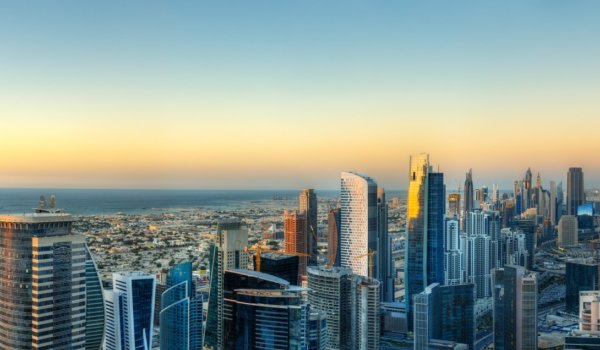Over the last few weeks, many clients have been requesting our support around the COVID-19 impact on global supply chains and how this is likely to play out in the medium term.
One of the clear themes that we’ve identified is a shift towards a ‘China +1’ strategy whereby manufacturers are looking to reduce their heavy reliance upon production in China – which was found to be a weakness when China went into lockdown – with a view to having other supply options, in alternative locations, to provide greater continuity should other supply-chain shocks occur in future.
In the coming months, we expect this to play out as a major theme for FDI attraction as territories around the world look to burnish their credentials as the ‘+1’ to multinational investors and here in the Middle East we believe that the region could be a major beneficiary.
Key factors in the region’s favour includes pre-existing maritime & air transport infrastructure; relatively benign taxation policies; proximity to major markets (Africa, Gulf, India); active governmental support for (non-oil) economic diversification activities; equidistance between Asia & Europe; neutrality in US- China trade disputes.
And it’s not just the obvious candidates that could be the winners here, much as the likes of the UAE and Saudi Arabia have an advantage with an established multinational company presence already. Oman, with its position outside of the Straits of Hormuz is developing major shipping & logistics hubs along the length of its coast (close to the main East-West shipping lanes). Kuwait is the gateway to the growing markets of Central Asia which are otherwise hard to access & serve.
As the post COVID-19 world takes shape, we expect to see the Middle East making a strong claim for a position on the global manufacturing map and, the longer that oil prices remain at historically low levels, the more that this becomes an essential ingredient of the region’s economic future.



